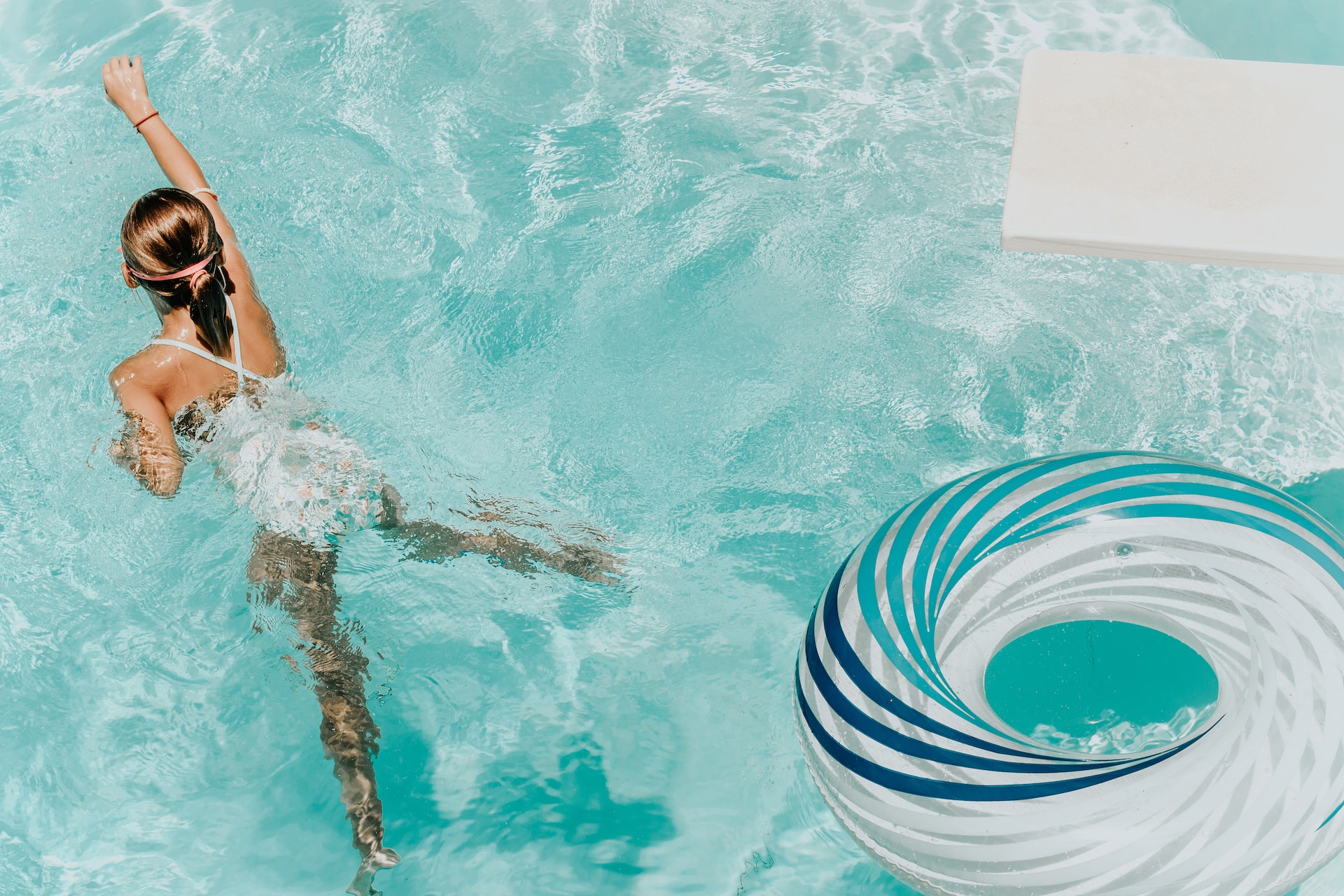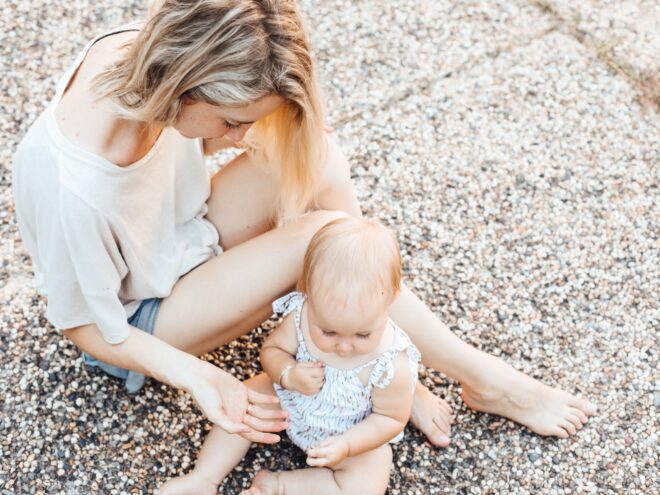Parenting • 06/27/2022
7 Water Safety Tips for Kids

Revivalist is a reader-supported endeavor and our posts may contain affiliate links. When you buy through links on our site, we may earn an affiliate commission.
You wouldn’t dream of letting your toddler go to the swimming pool alone. Did you know that a bucket you left unattended in the kitchen can pose a similar risk?
New parents have a lot to learn, and keeping their kids safe takes priority. Here are seven water safety tips for kids that all caregivers should know.
1. Supervise Them
You might think that only parents with backyard pools need to concern themselves with water safety. However, accidental drownings can happen in the blink of an eye. Nearly 150 children drown in buckets, bathtubs and toilets every year, all while presumably safe at home.
Therefore, keep your little one’s bath time sacred. It’s not the time to answer the door or a ringing telephone. If you’re among the many with no home line and only a cellphone, put it on silent before you draw water. You need 100% of your focus on the task at hand.
The same rule applies while cleaning your house. Keep buckets on high counters out of reach of little hands. Even if they reach up and pull the handle, it’s better to risk a spill than the alternative.
2. Get Them Lessons
The American Academy of Pediatrics recommends lessons for children one and older. The previous recommendation was for age-4 and up, and you might want to wait or seek swimming-readiness programs instead if your child fears the water.
Ensure that the facility you choose enforces the “touch supervision” rule. You or another seasoned swimmer should always remain within touching distance of your child. Taking lessons with your little one helps assuage their fears.
3. Use Safety Devices
When you do take your little ones swimming, safety devices can help. Please note that they don’t eliminate the need for supervision. However, they add a layer of protection for your child while in the water.
You have multiple options today, including swim vests with attached arm floaties that help keep your child’s head above water. If you take your children boating with you, please ensure they wear an approved life jacket from the moment they step on the dock to when they return safely to shore — model this example.
4. Empty Buckets and Other Containers
A child can drown in as little as two inches of water. That means more than watching them in the tub, even if you only fill it a tiny amount. It means that any open container big enough for a little one to squeeze into poses a risk.
Pay attention to your backyard, too. Empty flower pots and pet bowls left to fill with rain can drown a tiny tot as surely as a bucket.
5. Keep Your Bathroom Door Closed
Your toilet also poses a risk to your toddler. If you’re not in the practice of closing your bathroom door, please adopt the habit.
Keeping the bathroom door closed ensures more than your child’s safety around water. It also prevents them from ingesting potentially harmful chemicals. Even some mouthwashes contain a form of alcohol that some studies link to cancer, although the evidence to date is inconclusive. Your teenager’s strawberry-scented shampoo can smell like an ice cream sundae to an inquisitive toddler.
6. Fence Your Backyard Pool
Pools pose an obvious danger to toddlers regardless of their swimming ability. Most jurisdictions require you to fence in your backyard pool. Your homeowner’s insurance policy might require it or refuse to extend coverage if you fail to comply.
However, please don’t think you’re safe from harm if you have an above-ground model. Regardless of how you feel about the outcome of the Casey Anthony case, the trial introduced parents to the idea that toddlers they otherwise think are too small may open patio doors or scale ladders. It’s safer to enclose it with an alarm for the gate to alert you if a little one sneaks in unsupervised.
7. Vacation Smart
Choose your vacation destination with care. While the beach offers an affordable getaway, it also poses risks to your youngest family members.
It all starts with your destination choice. Your child’s first introduction to the ocean should be gentle. Seek a quiet cove or at least a less-crowded area where your child can wade for at least ten yards in knee-deep water.
Educate your little ones and set an example. Watch the ocean to determine what it’s like and how high the waves are before plunging into them. Regale them with tales about times you were frightened in the sea — and how you solved the problem. Inform them about rip currents, letting them know that even seasoned swimmers can get swept away.
It’s a good idea to locate your nearest lifeguard. However, please don’t expect them to babysit. Their job is to watch everyone and everything. Minding your particular little is your responsibility.
Water Safety Tips for Kids
Each year, far too many children die by drowning. Accidents can happen quickly in less water than you would suspect.
Please inspect your home and apply these water safety tips for kids. Be prepared when going to the beach or the pool so that everyone can have a safe, enjoyable time.
Subscribe to Our Weekly Newsletter
We would love to connect deeper with you!


